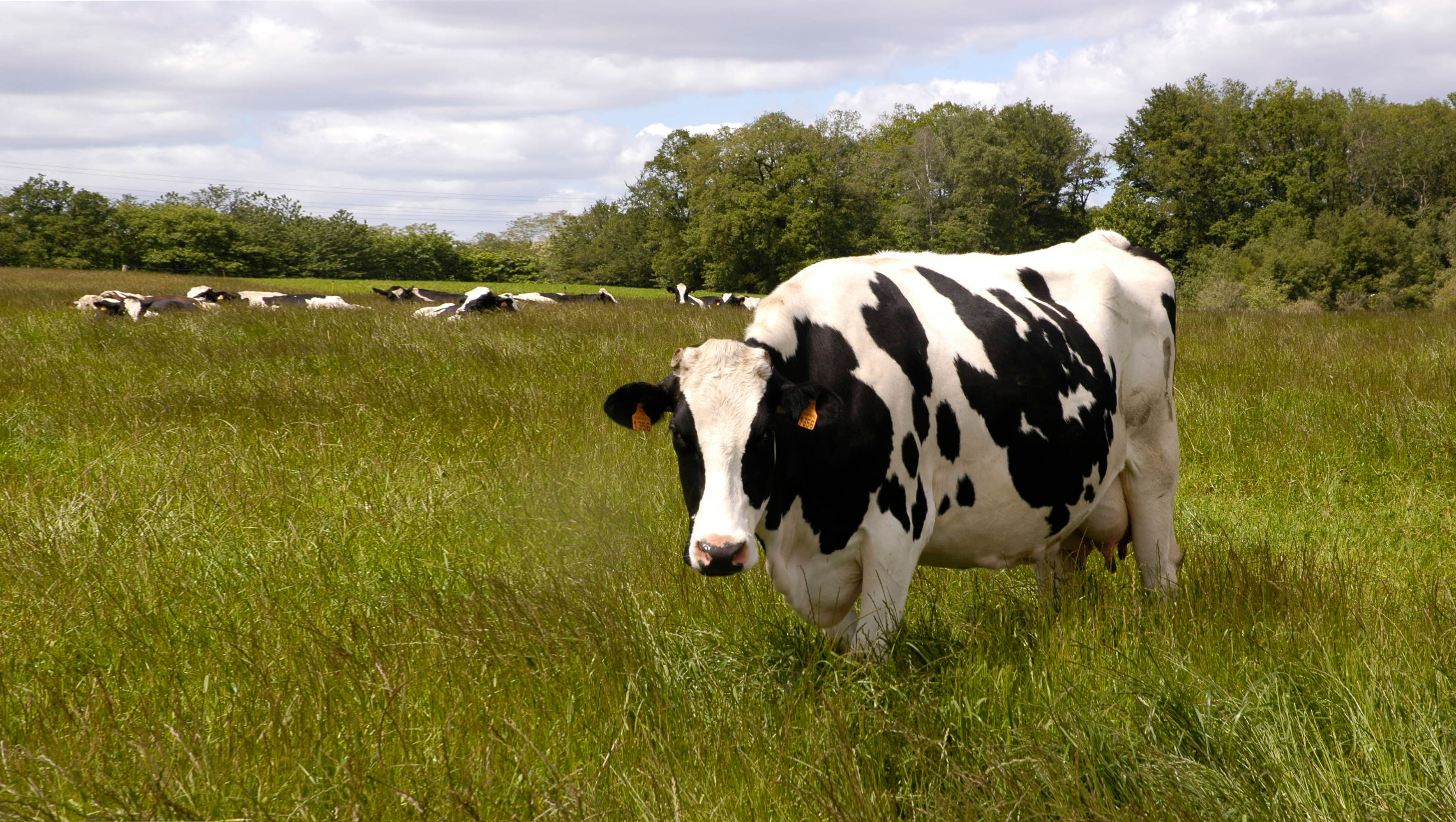
Did you know?
History has it that Louis XVI, when he was about to be guillotined by the Revolutionary Assembly in Paris, asks for one last wish: a little wine and Brie. The event is nothing short of a legend. Other sources say that the monarch, at the time of his arrest in Varennes-en-Argonne, did not escape because he wanted to finish his portion of Brie before fleeing.Brie de Meaux Rouzaire A cheese of Kings.
Be they true or legendary, both versions confirm the passion that this delicate cheese has aroused for centuries, first among royalty (its prestige starts with Charlemagne himself) and then spreading to all social layers.
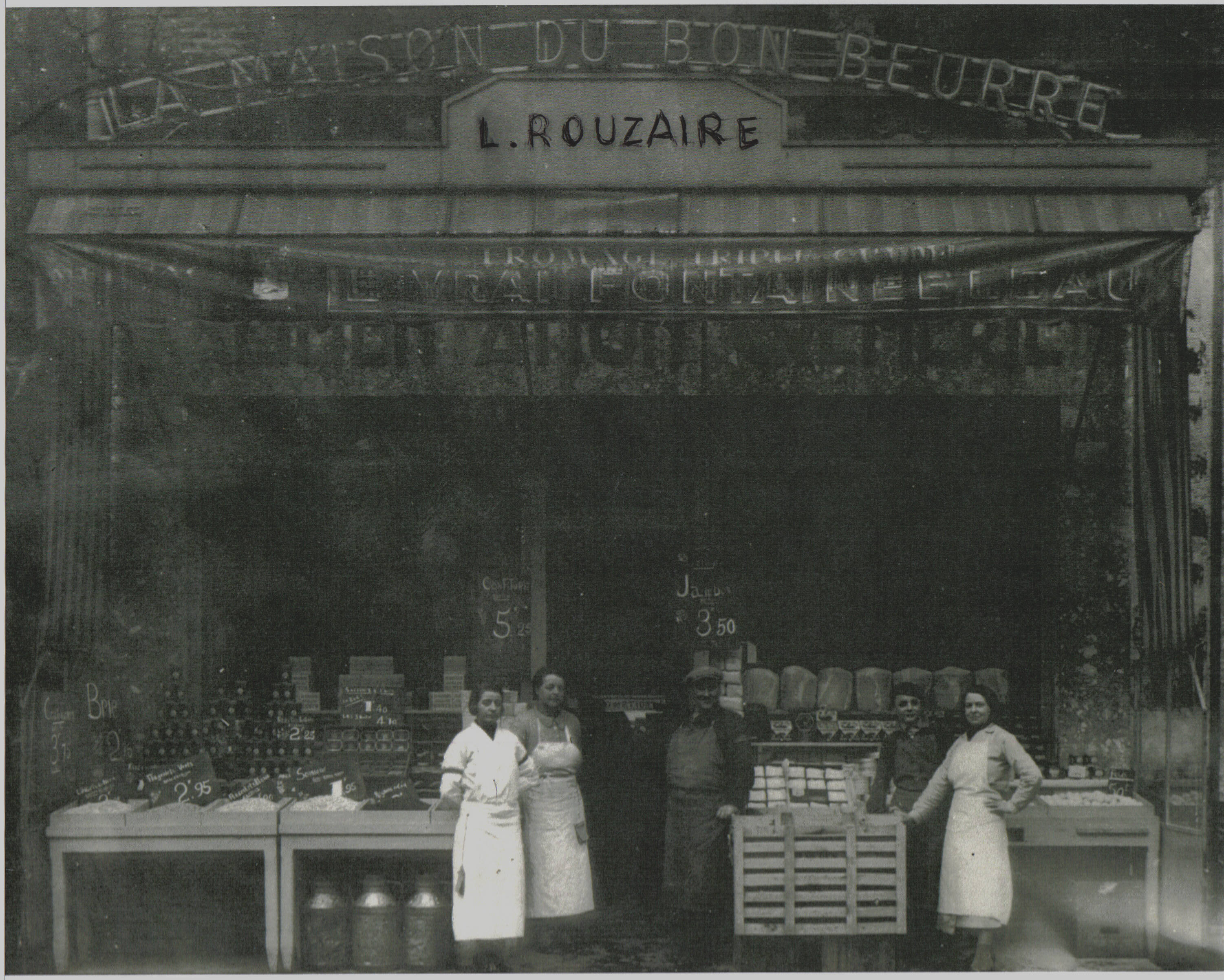
The definite recognition of this delicacy occurred in 1815, when, at the Congress
of Vienna, attendees unanimously awarded it the title of 'King of Cheeses and Cheese of Kings'.
A fertile valley with two delicious varieties
The name Brie refers to the eastern part of the Paris region (Île-de-France), an area that is limited by the valleys of the Marne and Seine rivers.
A fertile valley with two delicious varieties
The name Brie refers to the eastern part of the Paris region (Île-de-France), an area that is limited by the valleys of the Marne and Seine rivers.
When tasting Brie, on his way
through the region that gives
the cheese its name,
Charlemagne described it as
delicious and asked for a regular
shipment to be sent to his
palace.
Its fertile land and rich soil are ideal for growing cereals and juicy grass, which is fed to the numerous cattle that graze in the meadows The milk of these lucky cows, which is abundant and of high quality, is the basis of this creamy and slightly fruity cheese.
In this valley, Meaux and Melun are two outstanding places that give both Brie varieties their names: Meaux, the most popular one, and Melun, with a longer ripening stage and a more pronounced taste. They are the only types of brie with Protected Designation of Origin (with its French acronym AOC).
The Rouzaire family has devoted their work to traditional cheese making for three generations. With their lorry, they travel through the valley to collect milk daily from small farmers in the area, who meet the requirements established by this family cheese dairy: cattle fed with at least 80% fresh grass and preferably outdoors.
In this valley, Meaux and Melun are two outstanding places that give both Brie varieties their names: Meaux, the most popular one, and Melun, with a longer ripening stage and a more pronounced taste. They are the only types of brie with Protected Designation of Origin (with its French acronym AOC).
The Rouzaire family has devoted their work to traditional cheese making for three generations. With their lorry, they travel through the valley to collect milk daily from small farmers in the area, who meet the requirements established by this family cheese dairy: cattle fed with at least 80% fresh grass and preferably outdoors.
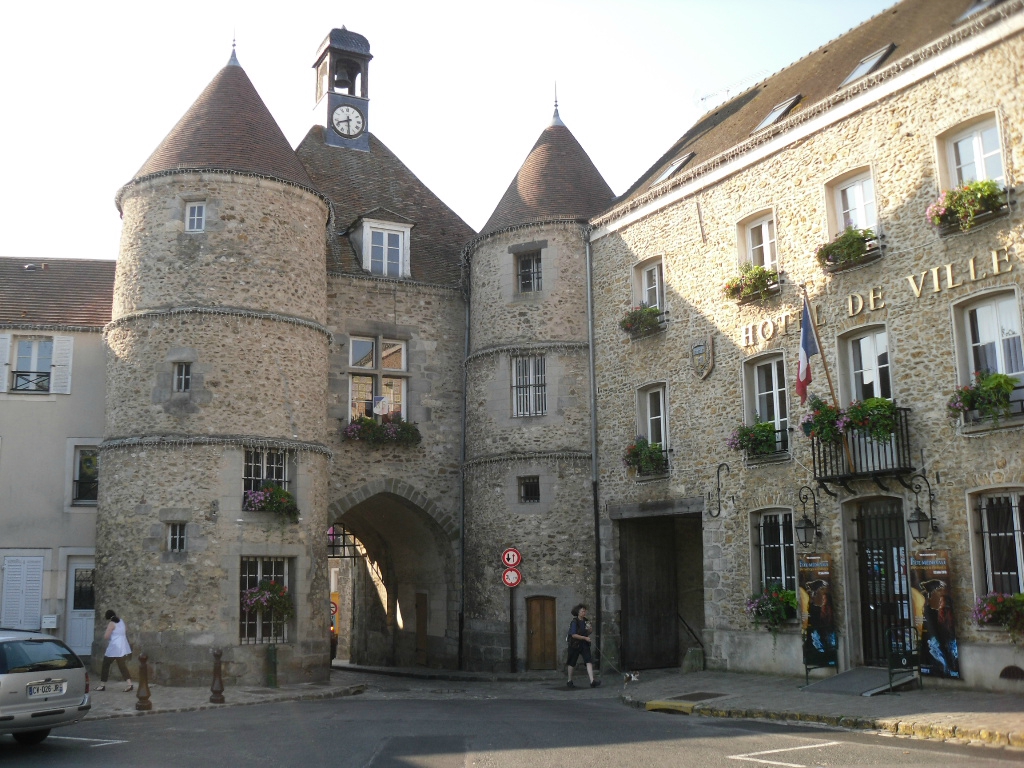
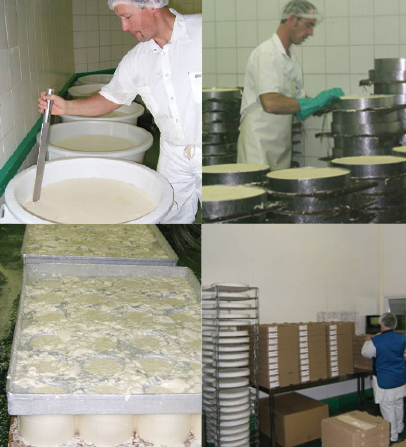
A centuries-old prestige maintained day by day
This is Rouzaire's mission: to preserve the deserved and centuries-old reputation of Brie and raise it to the highest levels through their daily work ... and their hands, since all production stages are still performed manually. The raw milk is used on the day of collection. The animal rennet is added and, once the curd is obtained, it is placed in moulds, where it stays for 18 hours, after which it is salted with dry salt. After a few days in the drying room, it is time for 'refining', a very personal process, in which each piece, subject to ripening under special conditions, acquires all its flavour nuances.
At Rouzaire, each piece is pampered in this crucial stage, while taking care of even the tiniest detail of humidity and light in their underground cellars. After 4 or 6 weeks, they getunique pieces. A Brie de Meaux with a tender, velvety rind hides a pale, creamy heart that melts in the mouth.
With its mild flavour, as well as deep and complex notes of earth and nuts, the Brie de Meaux Rouzaire is undoubtedly an elegant and sophisticated cheese, presiding over every table it is placed on.
With its mild flavour, as well as deep and complex notes of earth and nuts, the Brie de Meaux Rouzaire is undoubtedly an elegant and sophisticated cheese, presiding over every table it is placed on.
At Rouzaire, the third generation of
cheese makers is now preserving
the quality of milk and the
traditional processing of
Brie de Meaux, while keeping
their work manual throughout
the stages.
cheese makers is now preserving
the quality of milk and the
traditional processing of
Brie de Meaux, while keeping
their work manual throughout
the stages.
The velvety Brie rind, which is formed
by the fermentation
of fungi during ripening, is edible and
adds new
nuances to its flavour.

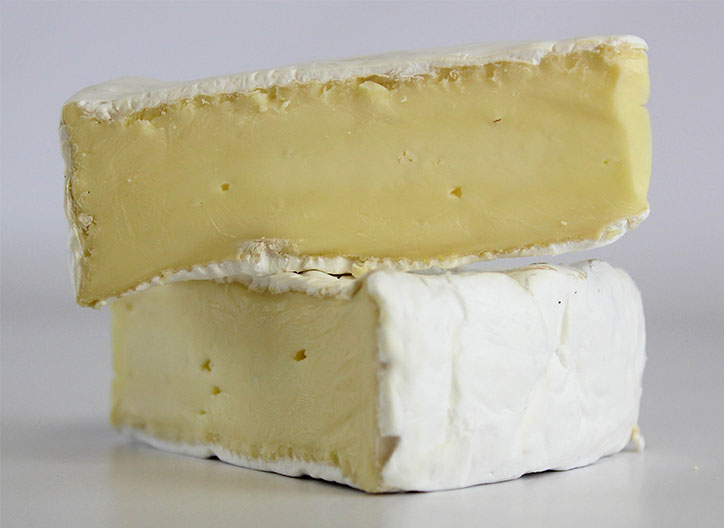
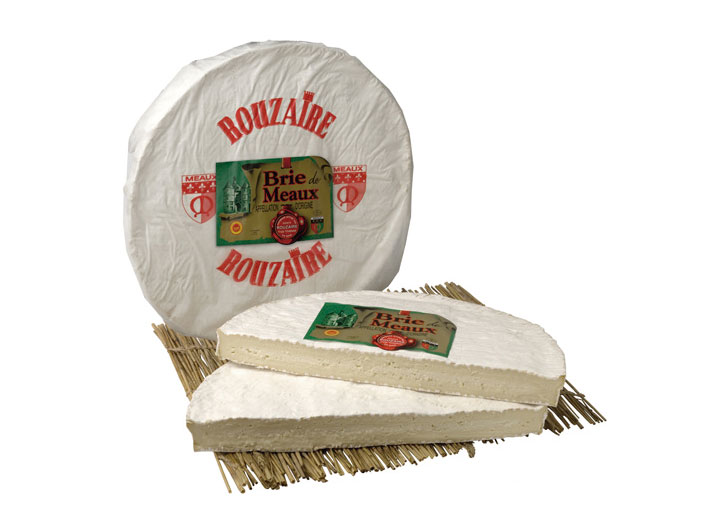


 This website has been made possible thanks to the contribution of a team of professionals who love cheese, its origins and the pleasure of eating it.
This website has been made possible thanks to the contribution of a team of professionals who love cheese, its origins and the pleasure of eating it.